LA Story by Michael Reid OAM
Our chairman and director, Michael Reid OAM, traverses the City of Angels and finds a sparkling cultural scene among its concrete sprawl and palm-fringed swimming pools.
Imagine, if you will, holding a Snow Globe of New York City in your hand. Inside that small, sparkly glass sphere of joy, you have everything that NYC has to offer – every language, culture, cuisine, religion, race and lifestyle. Essentially, all of planet Earth is crammed into Manhattan, which is, in itself, crammed inside the glass Snow Globe that you hold. Now, throw the Snow Globe on the ground and watch it shatter into thousands of glittering pieces that spread all over the floor, filling the entire room. This is Los Angeles.
Los Angeles is big. Very big. I will mention the sheer sprawl of its size several times within this missive. And beautiful it is not. Many years ago, I asked the actor Hugo Weaving what Los Angeles was like and he told me, “Everywhere you look, it’s the Parramatta Road”. And it is. Los Angeles is sprawling and fractured. Driving Los Angeles from top to bottom, or approximately 170 kilometres of dense city, would, on a bad day, take many, many hours. Did I say it was big?
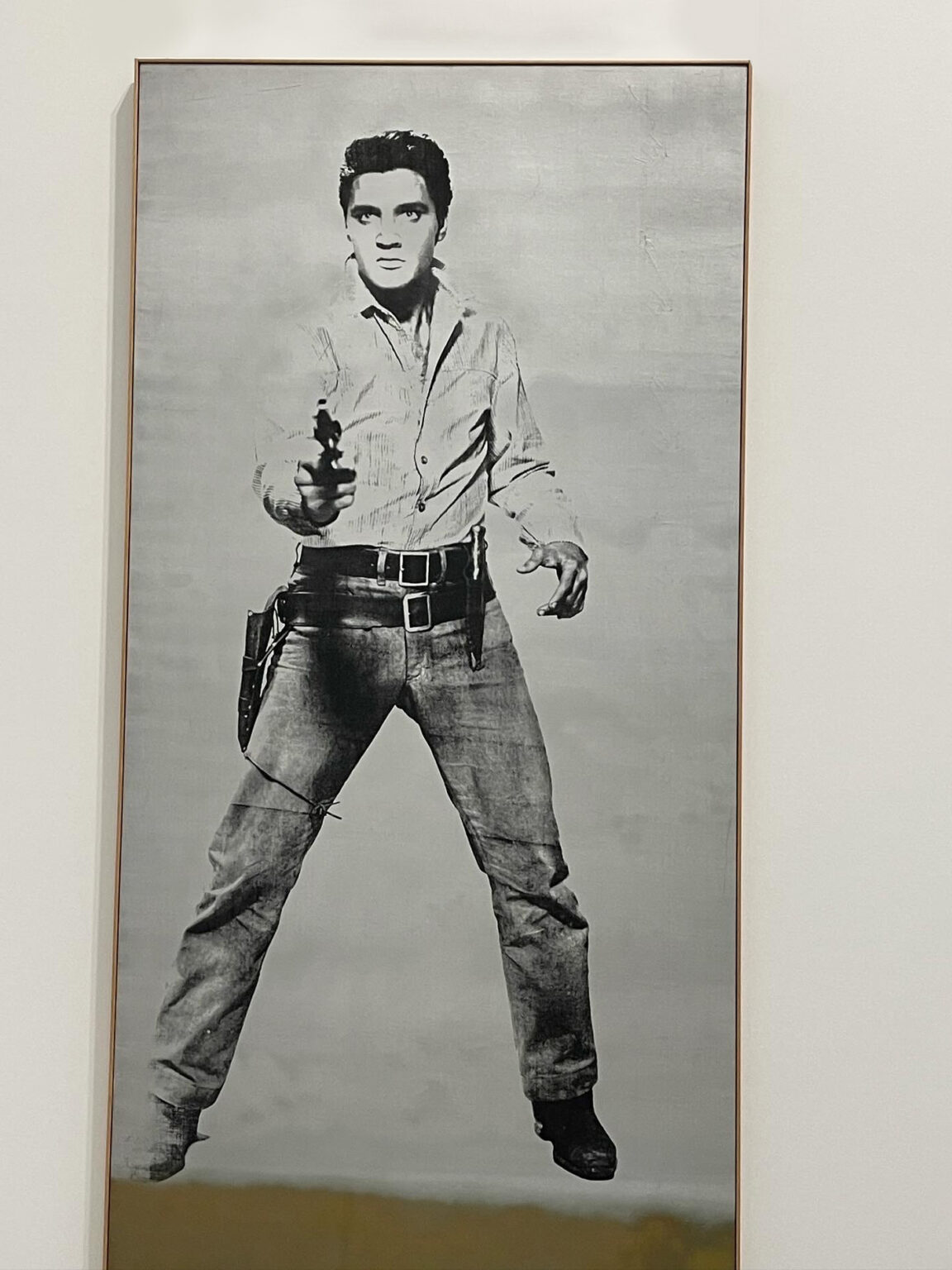
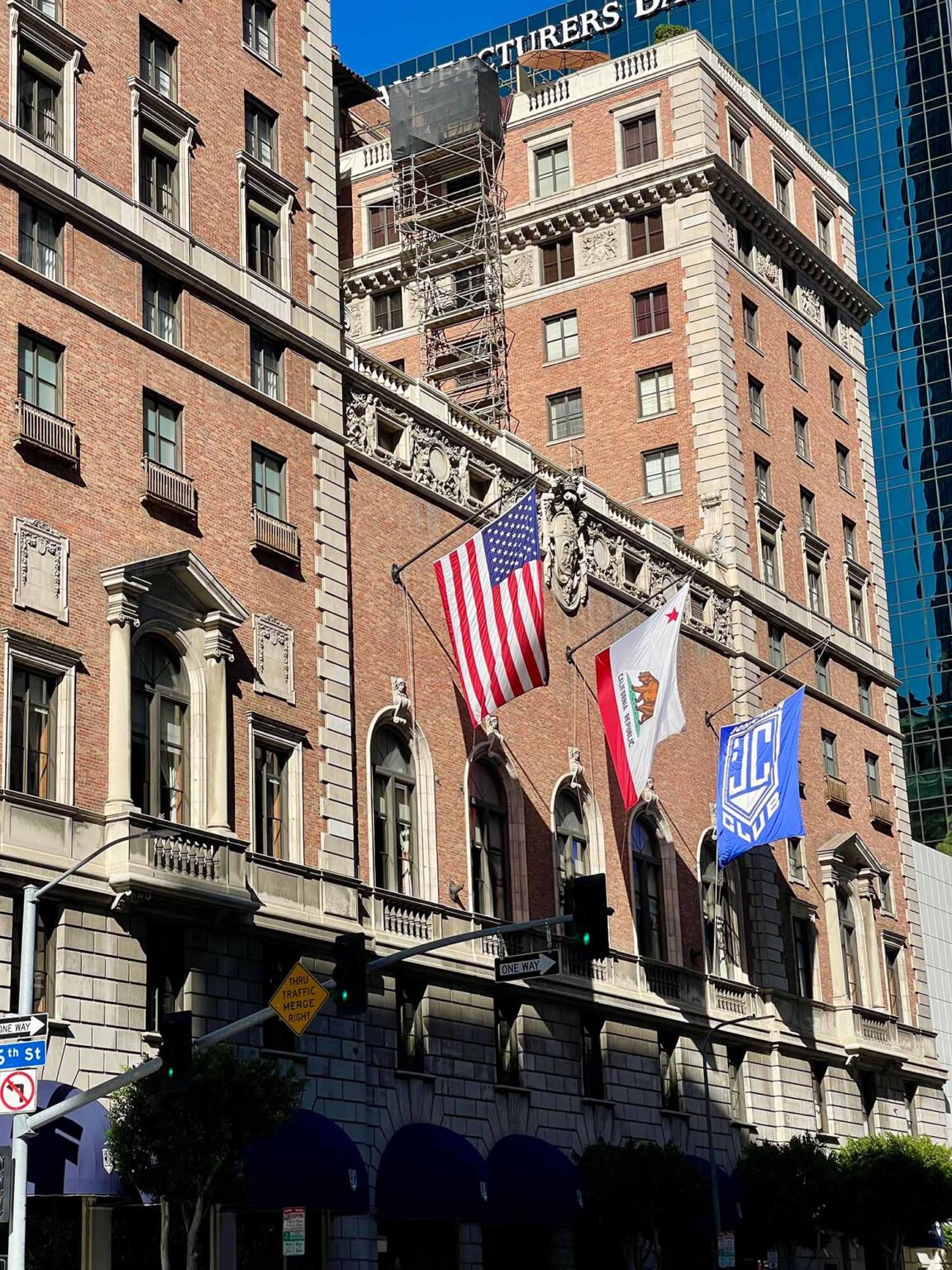
On one’s first encounter with Los Angeles, it is all too easy to exclaim: “What the fuck, and why would anyone choose to reside here?” However, Los Angeles should be considered a region rather than just a city because it covers a vast area with very different constituent neighbourhoods and communities. If someone were to visit “Sydney” and spend their entire time only in places such as Rooty Hill or Marsden Park, they might equally wonder who would choose to live in Sydney. Nevertheless, the difference is that in Sydney, it is not too challenging to discover good, open, public and beautiful aspects of the city, whereas in Los Angeles, they are not immediately apparent, and the favourable aspects are not concentrated in any one location.
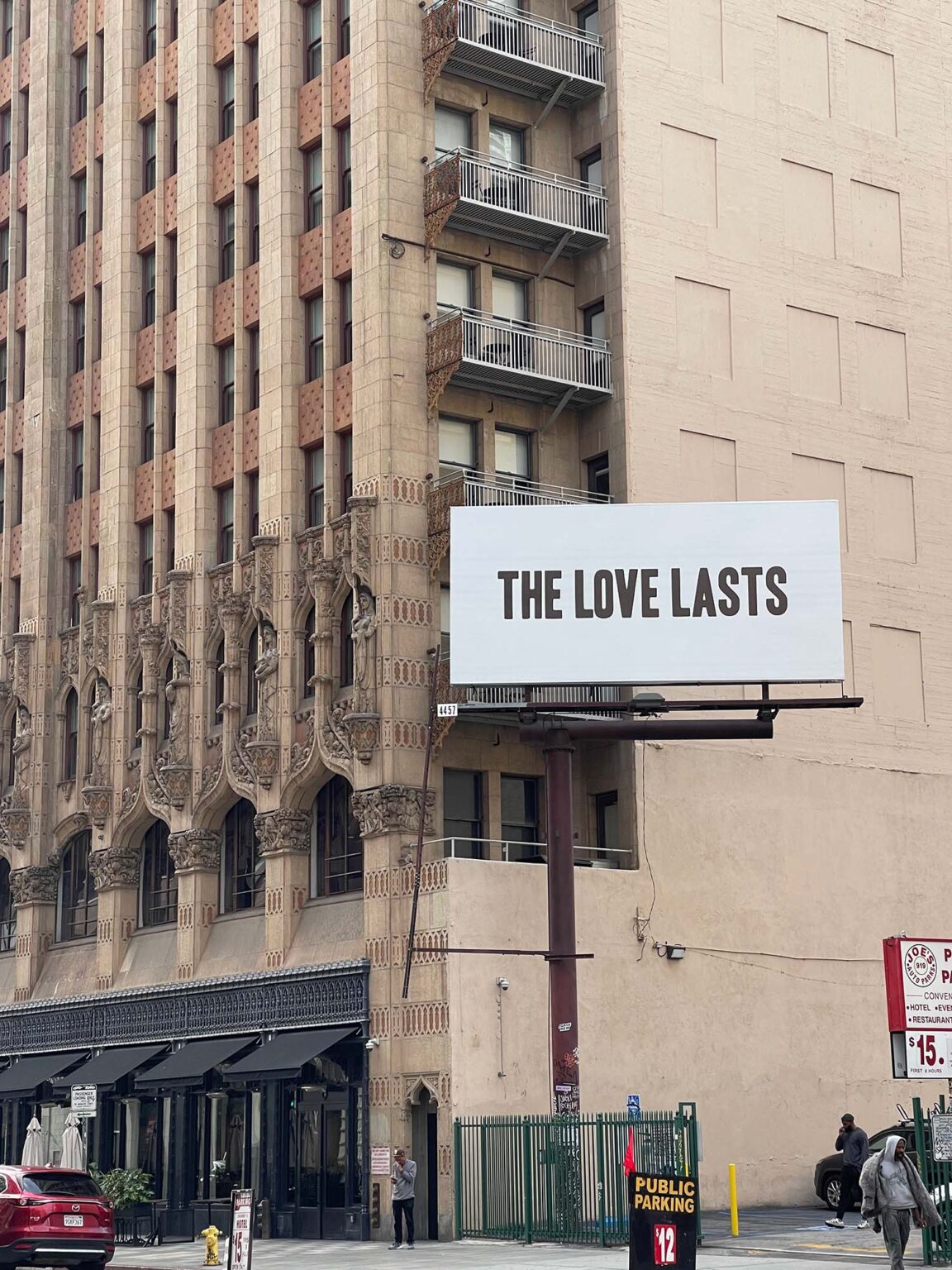
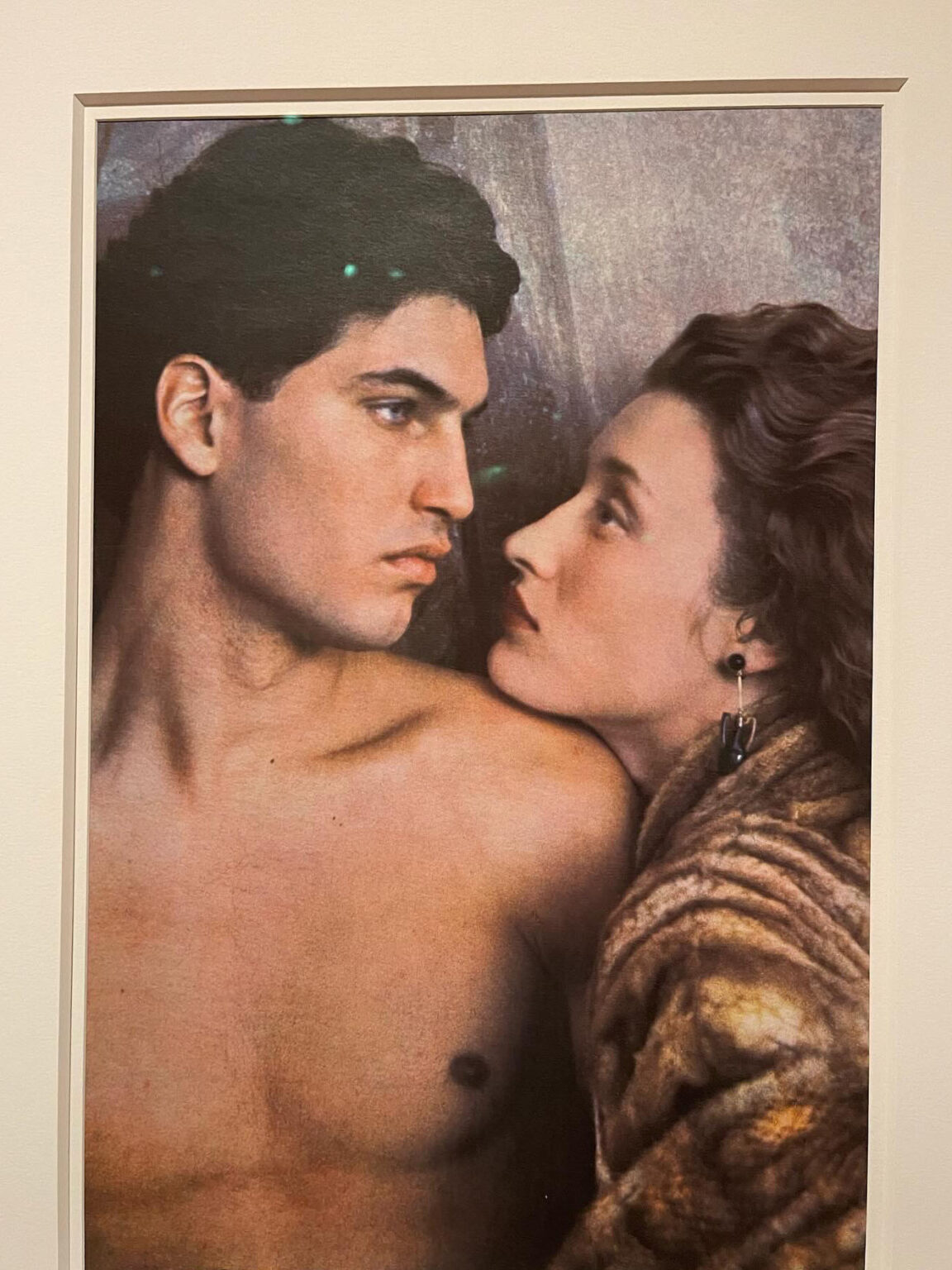
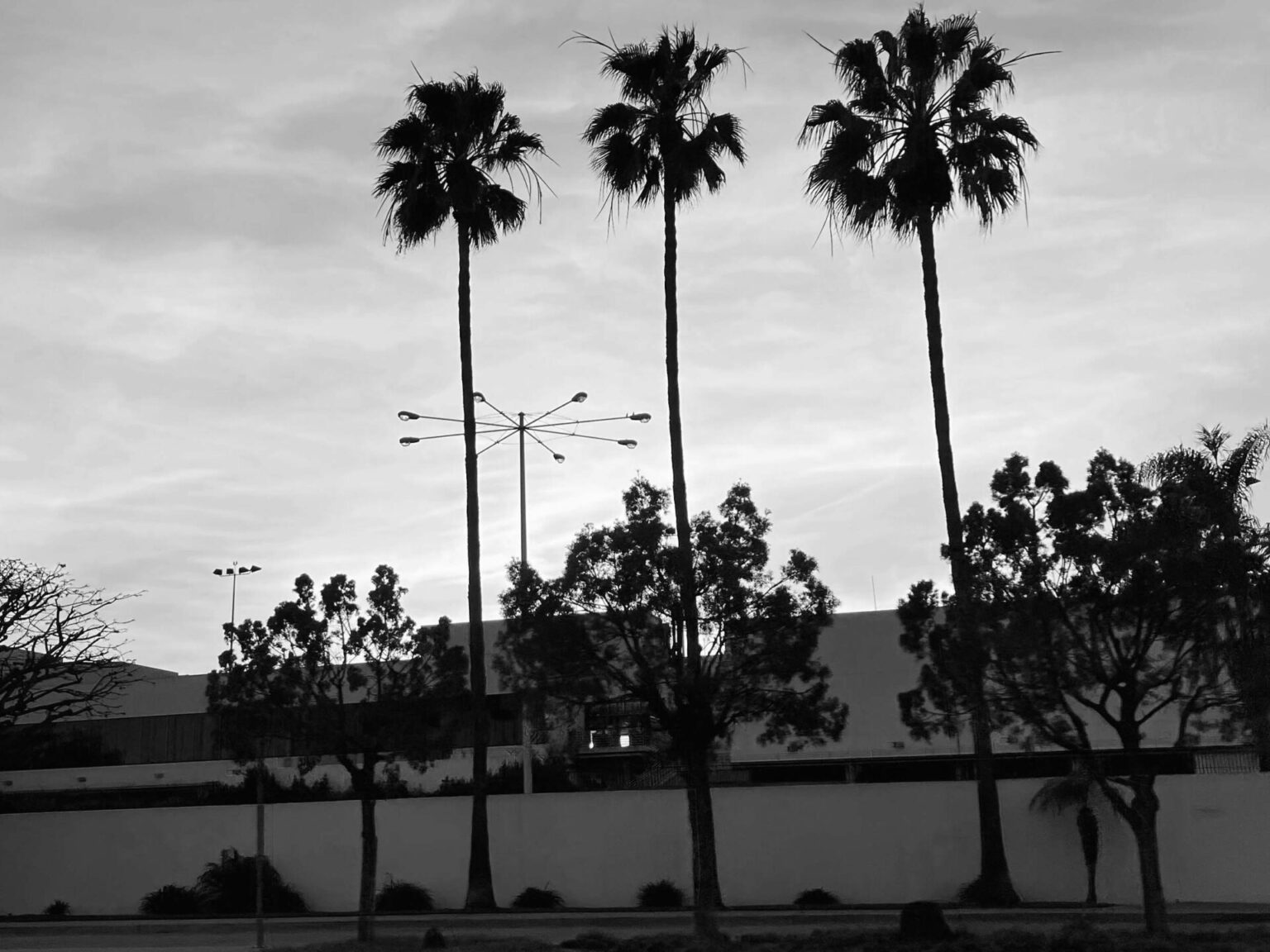
One key to understanding Los Angeles is that it lacks good public spaces, such as parks, town squares and forecourts – the types of places where people can stroll and actively engage with the city. These public spaces are abundant in “beautiful cities” but scarce in Los Angeles. Unlike cities such as Chicago, New York, Boston, Philadelphia and even San Francisco, which generally adhere to older European or British colonial principles of urban planning, with downtown areas featuring public parks and squares, sculptures of heroes, civic buildings, commuter rail connections to suburbs and working ports that eventually gentrify, Los Angeles largely exploded in the post-war era of the automobile and freeway. As the American composer, songwriter, record producer and pianist who is widely regarded as one of the most important and influential figures of 20th-century popular music, the magnificent Mr. Burt Bacharach, along with his often co-lyricist Hal David, conjured up in 1968 with Do You Know the Way to San José:
LA is a great big freeway,
Put a hundred down and buy a car.
In a week, maybe two, they’ll make you a star.
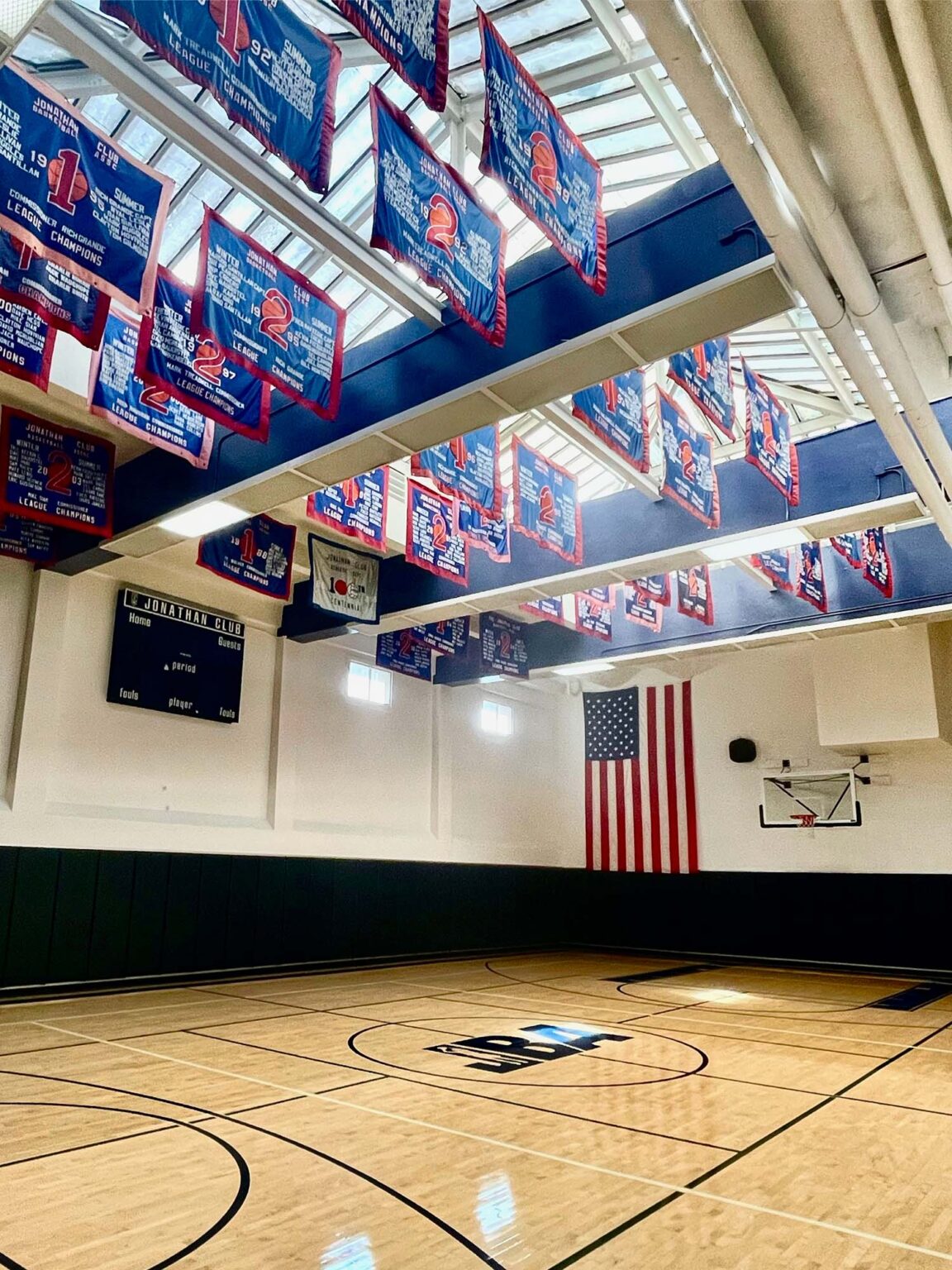
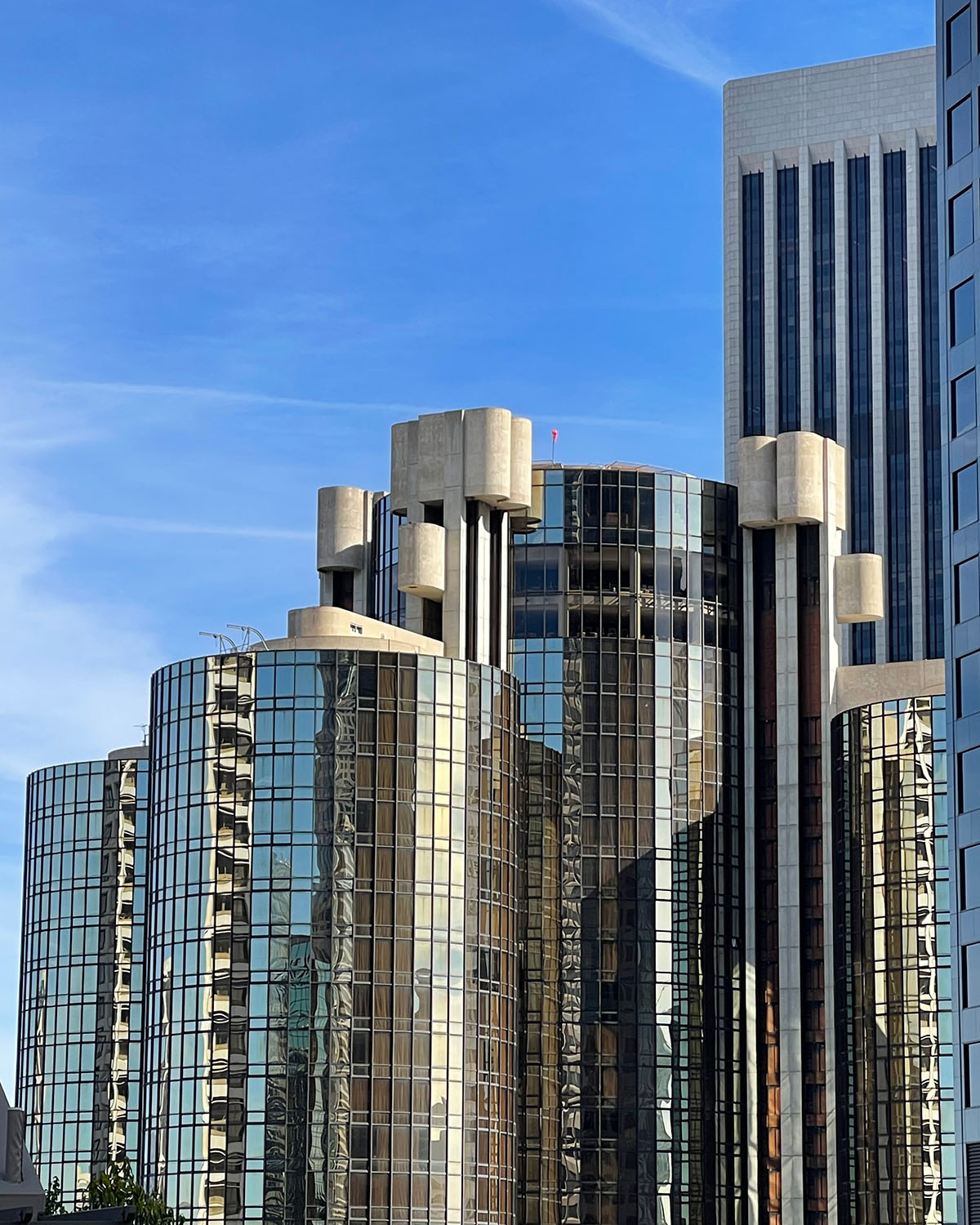
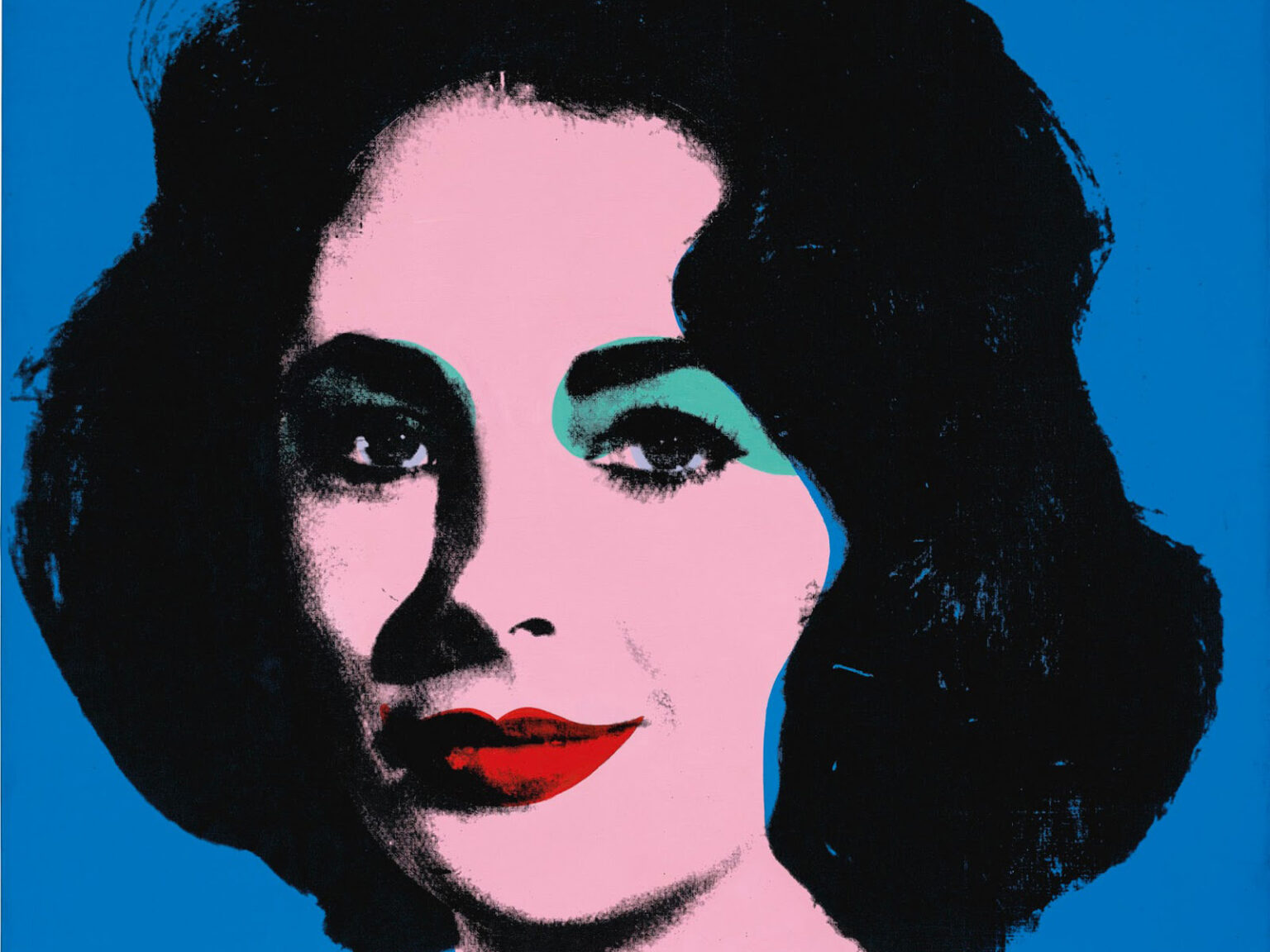
This automobile-driven focus for much of mid-twentieth-century town planning resulted in a decentralised city, where each person could have their own bungalow with a swimming pool and palm tree, like some large, calm, azure David Hockney palm tree-fringed swimming pool painting. This massive and fast-decentralised urban growth was quite different from cities like New York, where multiple families often share one building. Los Angeles prioritised private spaces over public spaces for gathering. An unintended mid-century social consequence was that, across Los Angeles, people traditionally entertained at home.
This social inclination led to some of the world’s most spectacular post-war single-family homes. With big budgets, perfect weather, abundant land and plenty of wall space for art, affluent and successful Angelenos created stunning architectural statements to positive, personal success – with the style result that almost all architectural schools in the world will spend some time studying post-war Californian modernism. For the most part, however, the world influence of this everyman’s American version of their home-castle remains hidden behind hedges and walls.
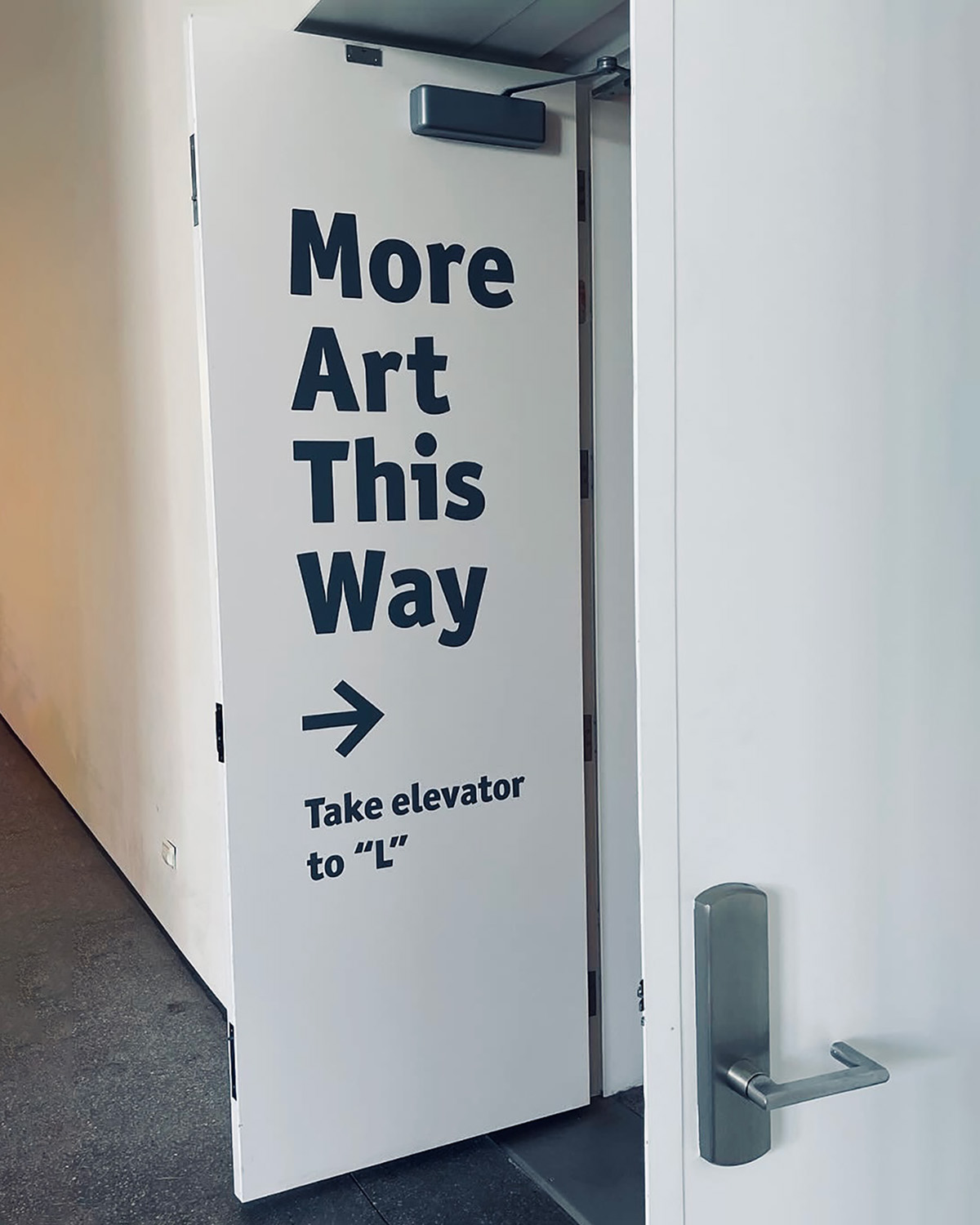
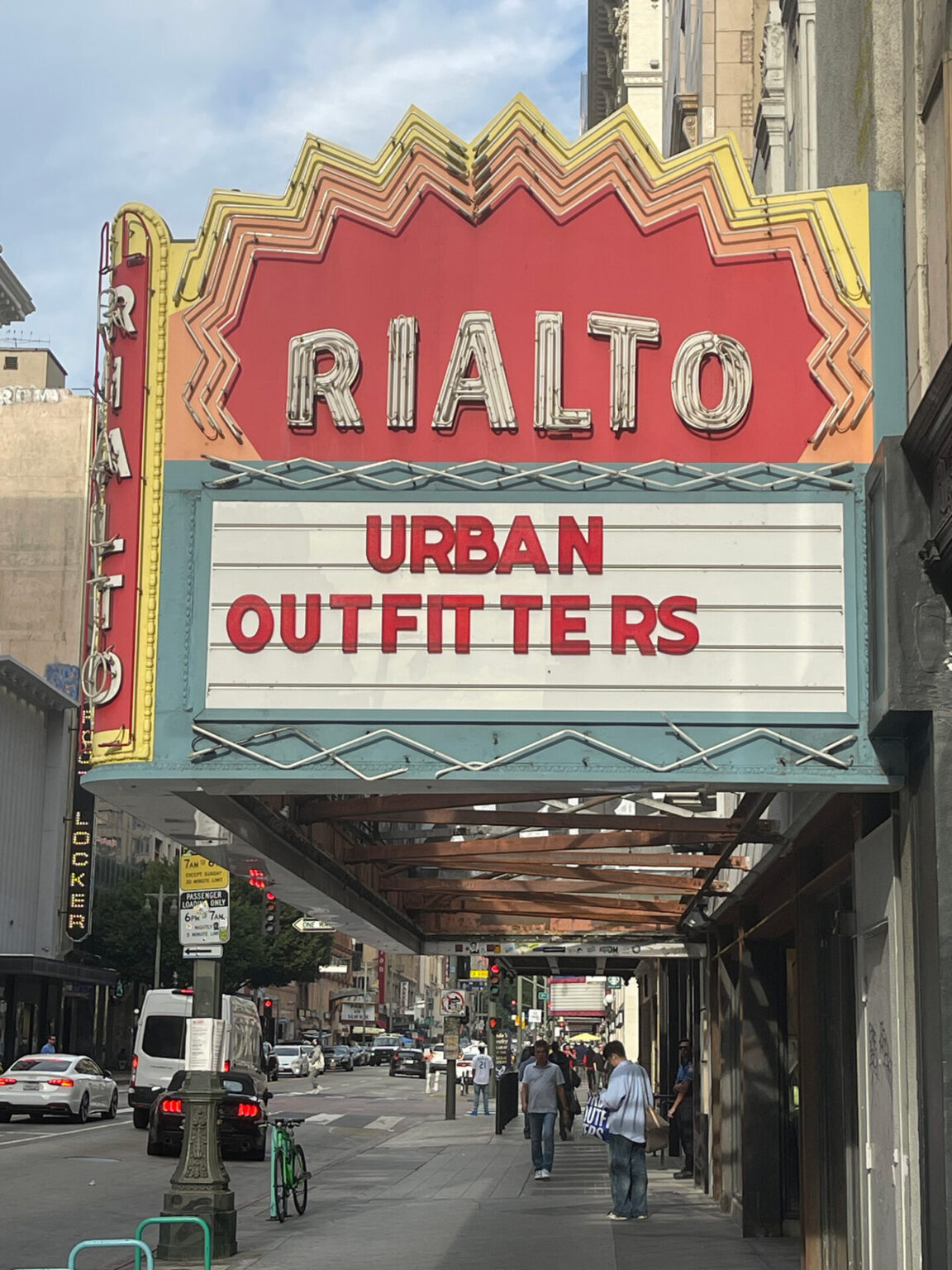
Another key to understanding Los Angeles is the money. California’s economy is poised to overtake Germany’s as the fourth largest in the world after the US, China and Japan. California has already leapfrogged Brazil (No. 7) and France (No. 6) in 2015 and surpassed the United Kingdom (No. 5) in 2017. Some estimates suggest the state may have already caught up to Germany, with at least one forecast implying California is ahead by $72 billion.
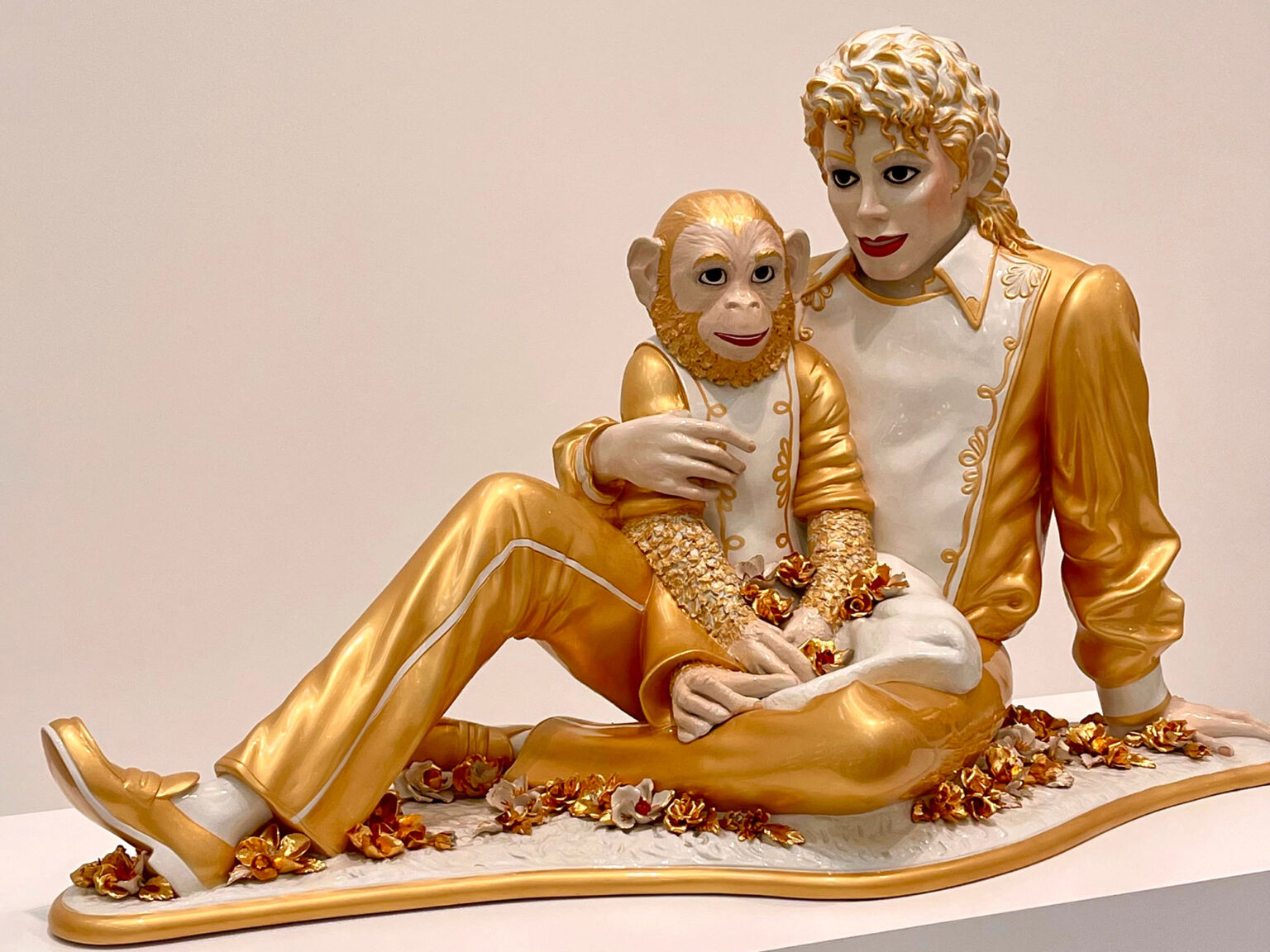
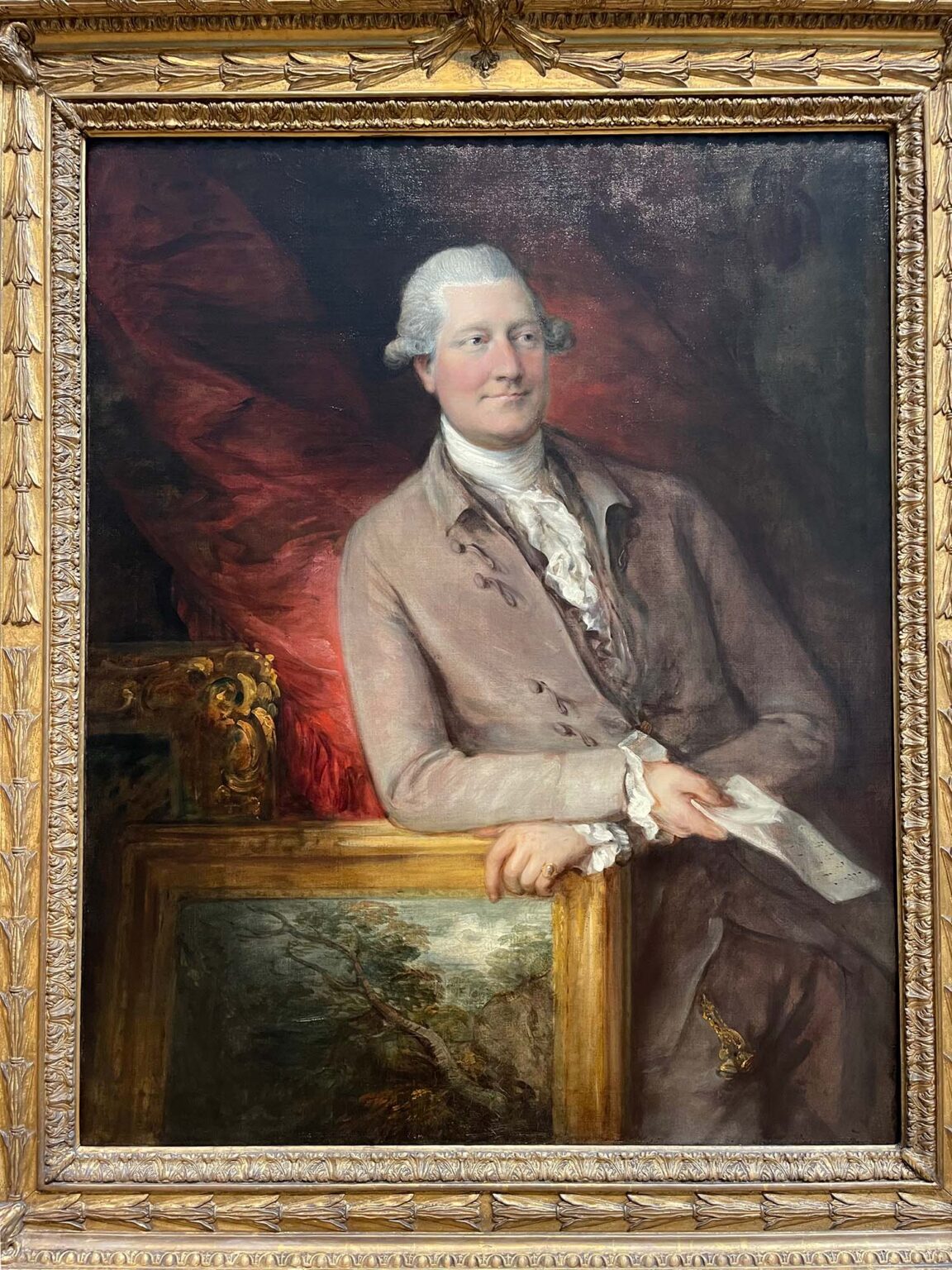
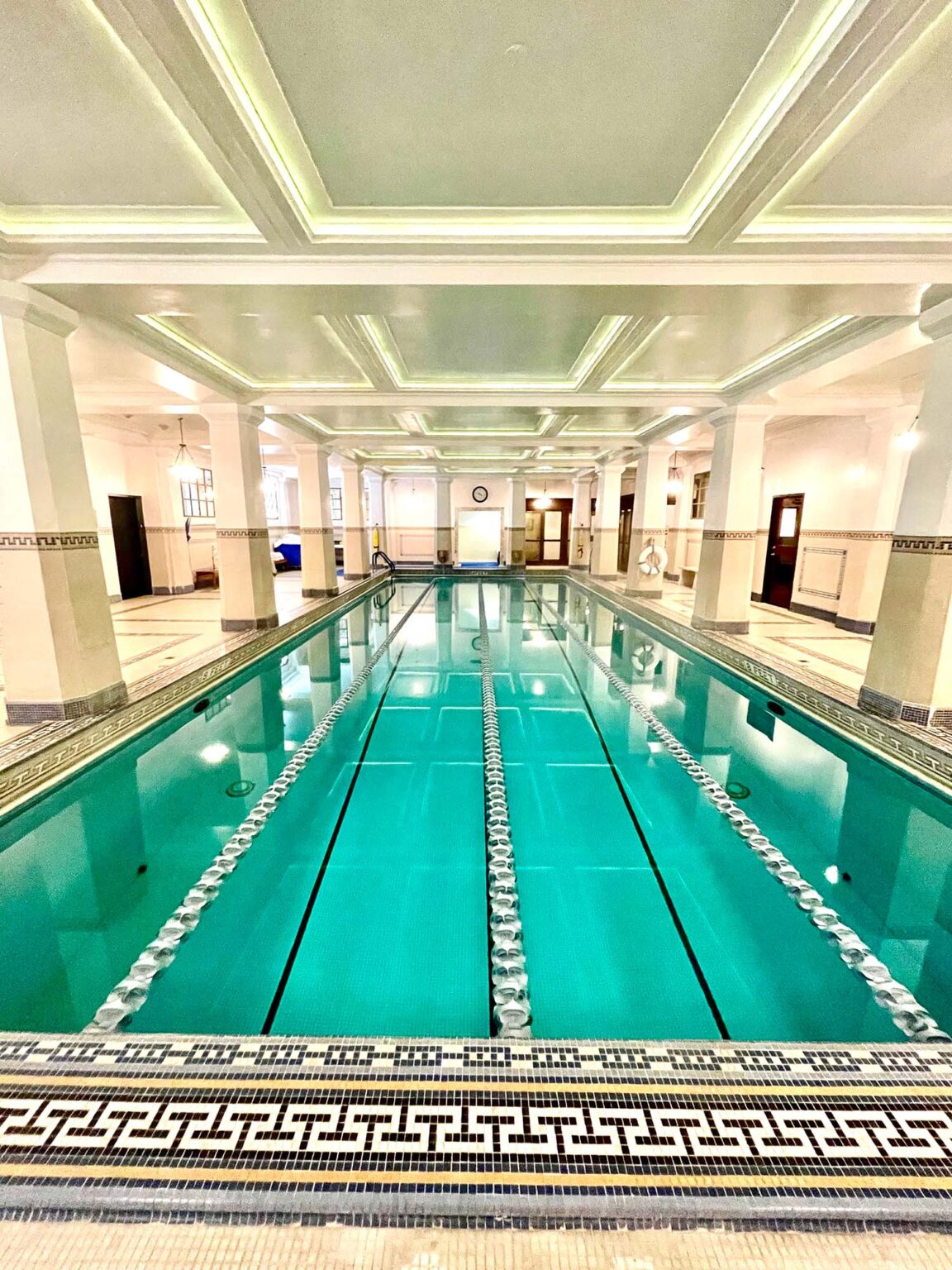
I stayed downtown at the Jonathan Club. Less of a traditional English club and more resort, the Jonathans, as they are known, have at their fingertips a beautifully tiled 1930s Art Deco swimming pool, full-size indoor basketball court, roof deck bars and garden, grand rooms and great service. They have a beach club – private, of course – at Santa Monica. Should you ever have the opportunity to stay at this private club, if only for a few days, do.
A late 19th-century Romanesque architectural confection that takes up the better part of a block, the club is a grand example of private LA at its best. The University of Southern California was founded in this club. The 1932 Olympic Games were run from the club. Ronald and Nancy Reagan appear on the club’s walls, as do Buster Keaton, General Chuck Yeager, Sandra Day O’Connor, Bob Hope, Arnold Palmer, Billie Jean King, Clint Eastwood and on and on.
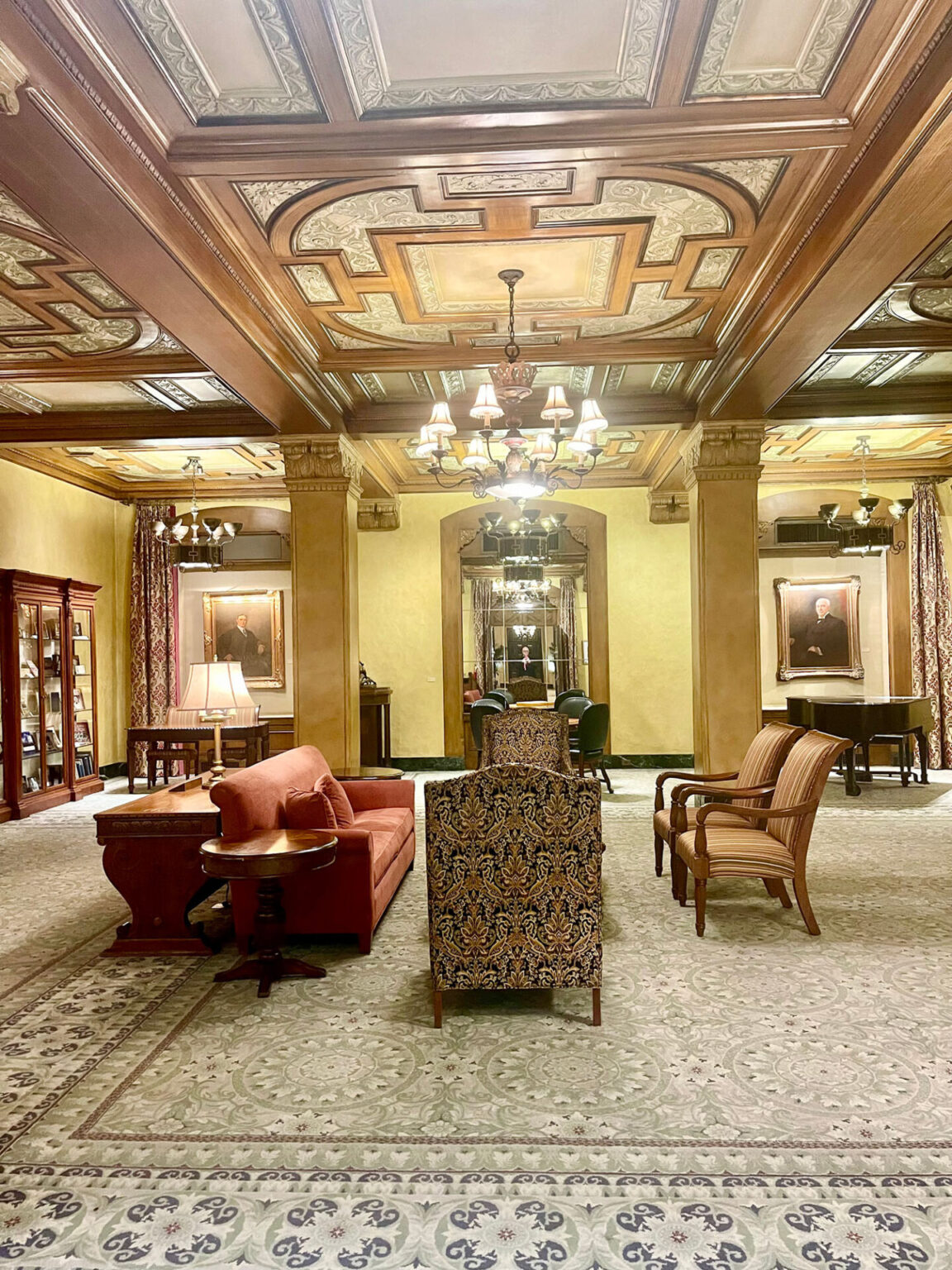
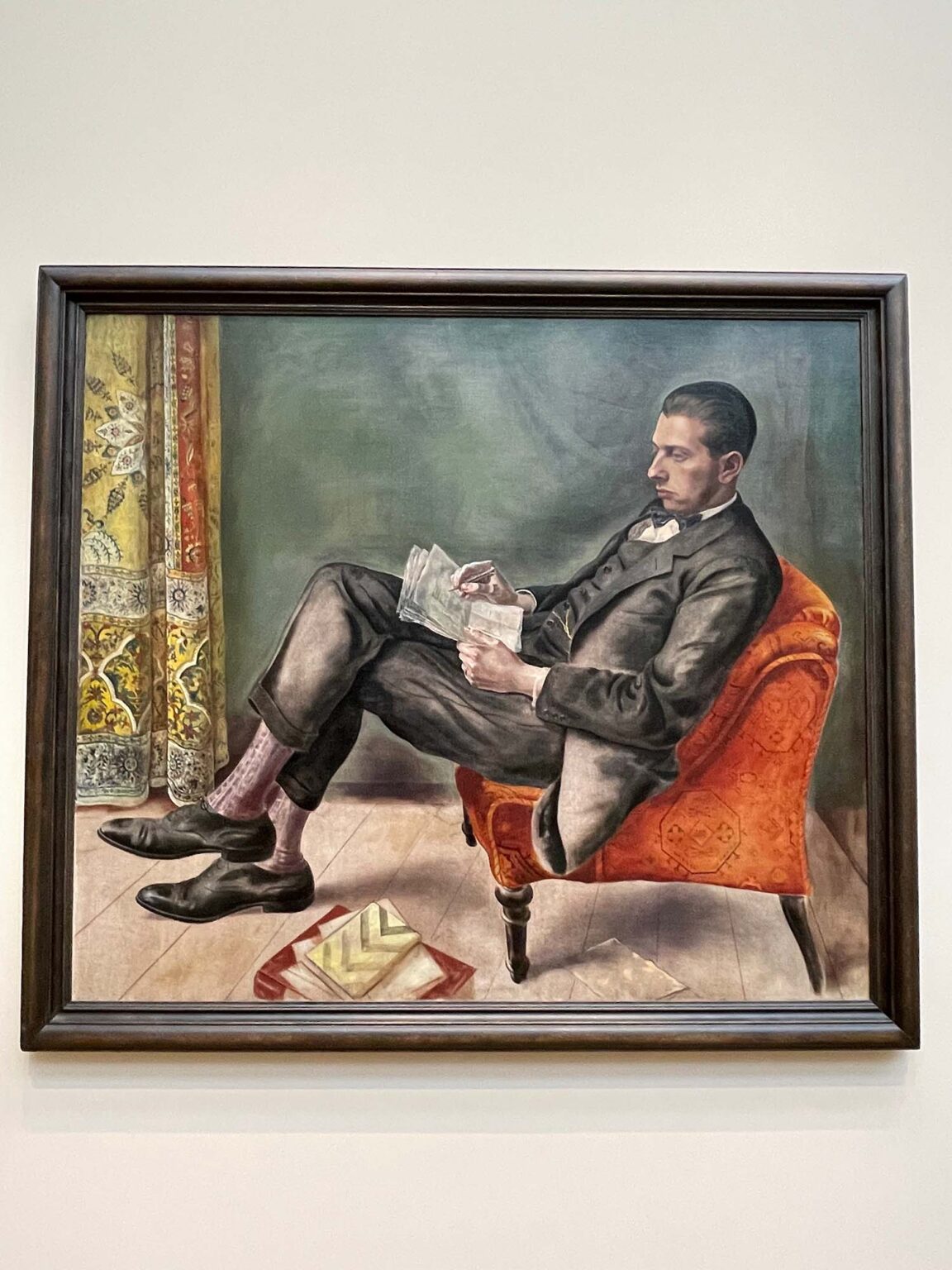
Apart from major corporate offices, the central business district, Downtown Los Angeles, was abandoned for decades. It’s a bit of a zombie apocalypse. Some industrial areas within this region have recently experienced a renaissance as an Arts District. Galleries such as Hauser & Wirth have opened. This Arts District, extending for a few blocks around Hauser & Wirth, offers a walkable area with good eateries, galleries, and shops, primarily during daylight hours. The Southern California Institute of Architects, a major school, is located nearby and the area is often populated by students when classes are in session. This district was mainly populated by working artists fleeing places like Brooklyn between 2005 and 2015 and then fleeing all over again during the pandemic. It has also attracted hipsters who appreciate living in converted lofts in an artsy neighbourhood.
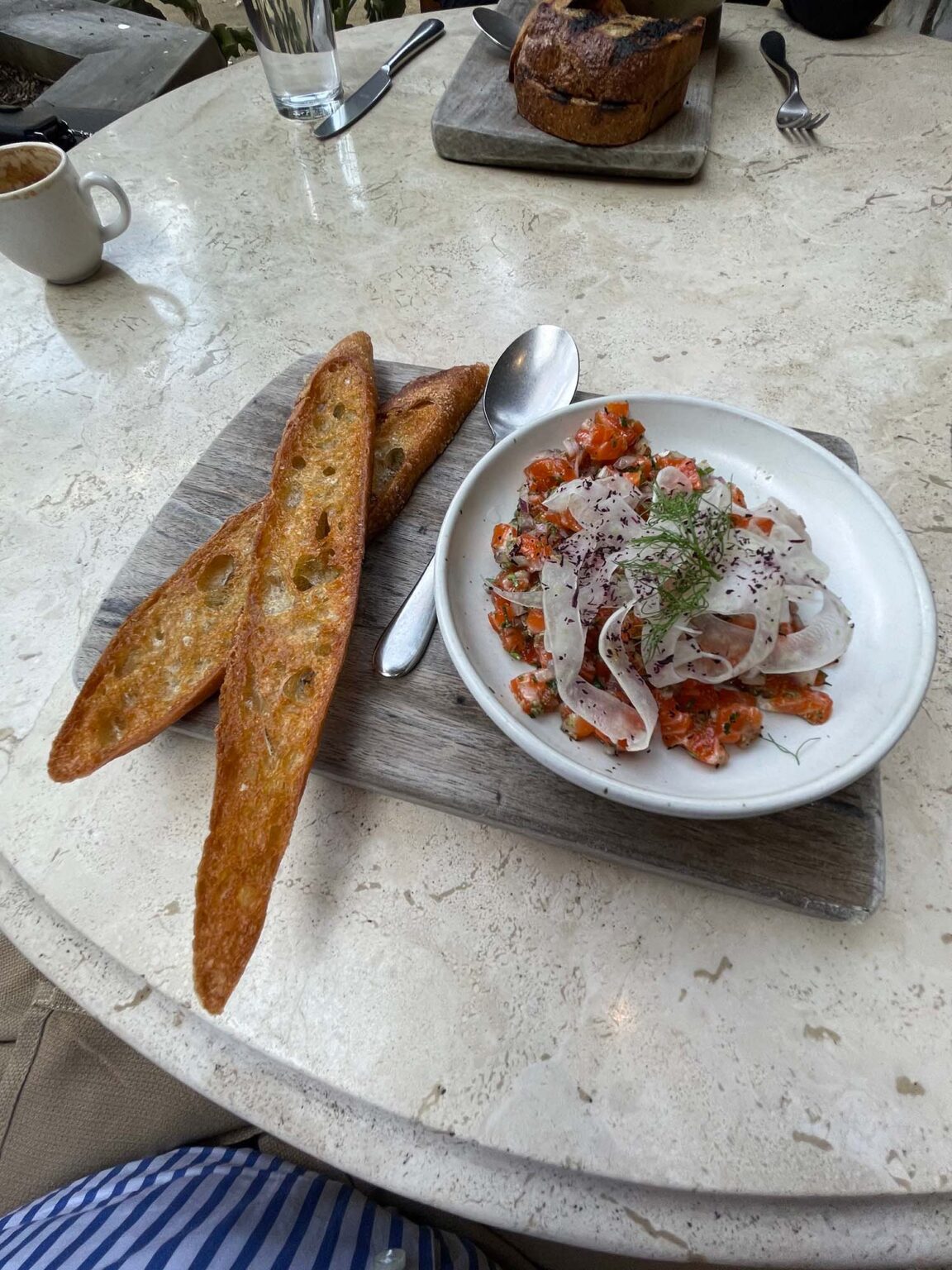
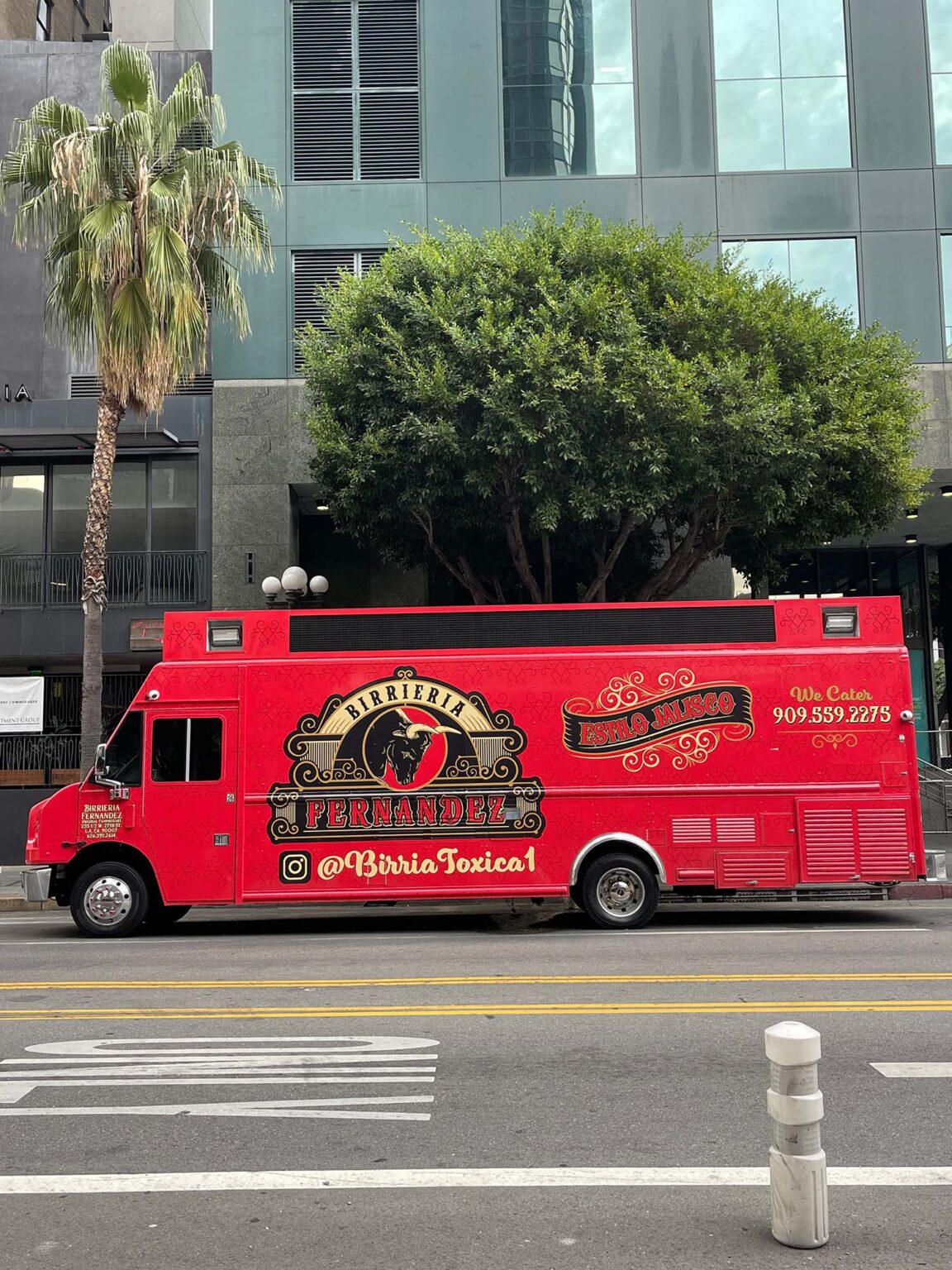
In downtown Los Angeles, you’ll find cultural landmarks such as the Broad Museum, located next to the Disney Concert Hall designed by Frank Gehry. These places play civic roles but are privately funded and owned. Nearby, you can explore the historic Bradbury Building at 304 S Broadway, known for its interior atrium featured in the original Blade Runner film. Across the street, Grand Central Market offers an interesting food court, which includes the fabulously named providore Eggslut (@eggslut). Eggslut, which since 2010 has grown from a humble food truck into a global, albumen-focused fast food game changer – LA, New York City, Tokyo, Seoul, London – is the first take-out stand that you greasy-spoon into, on visiting Grand Central Markets.
I am no Lonely Planet guide, so I will skip a region-by-region description of must-dos, BUT you should visit the Broad Museum and Getty. The Broad Museum was one of my most magical LA experiences. Big ticket artworks head-hunted for super big money by property developers and philanthropists Eli and Edythe Broad – who built shitty tract housing, but I won’t hear a word against them. For me the Broad ranks with The Frick in New York City, the Wallace Collection and Victoria & Albert Museum in London, and the Getty as my world favourites. Ohhhhh The Getty.

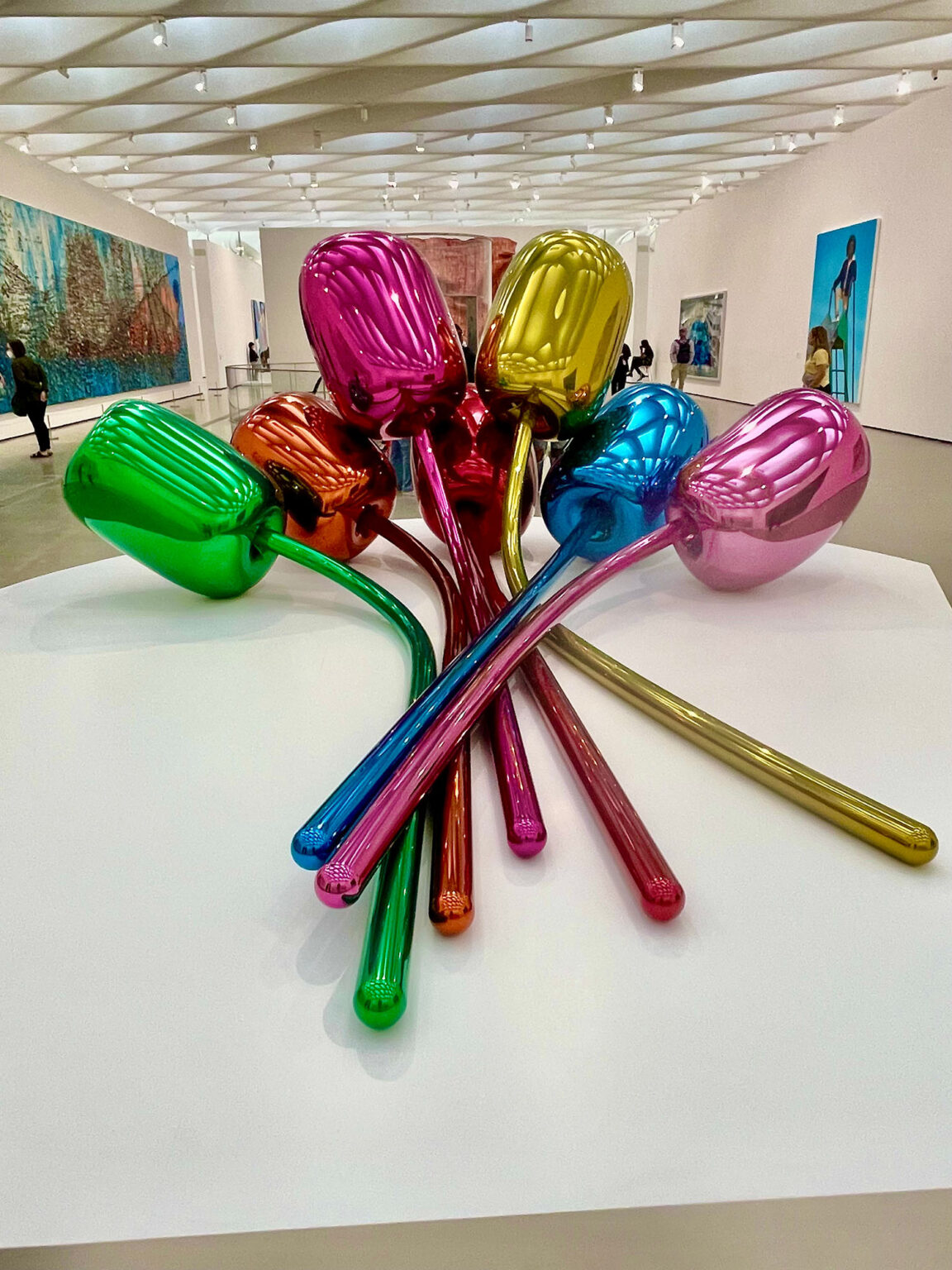
When I worked at Christie’s London in the day, I knew Tara Gabriel Galaxy Gramophone Getty well (yep, his parents did heroin) and stayed for many a weekend over the years at the family estate Wormsley Park in Buckinghamshire. Tara more than once enthusiastically offered to introduce me to his uncle, then a director of the Getty. I was always busy; I said no thanks. It was one of the great ongoing fuckwit moments of my life. The Getty is a hilltop art fortress of stupendous vision and, by now, I should have been the Director for at least a decade. Just saying. The Getty citadel has scattered across its mesa numerous art pavilions, each representing styles and centuries within world art history. Given the museum’s size and footprint, you could be forgiven, on first viewing, if you considered the architecture more important than the somewhat thin collection. Wrong. The collection is deep and one of the best. It is just scattered over the hilltop and somewhat difficult to picture as being the one big thing.
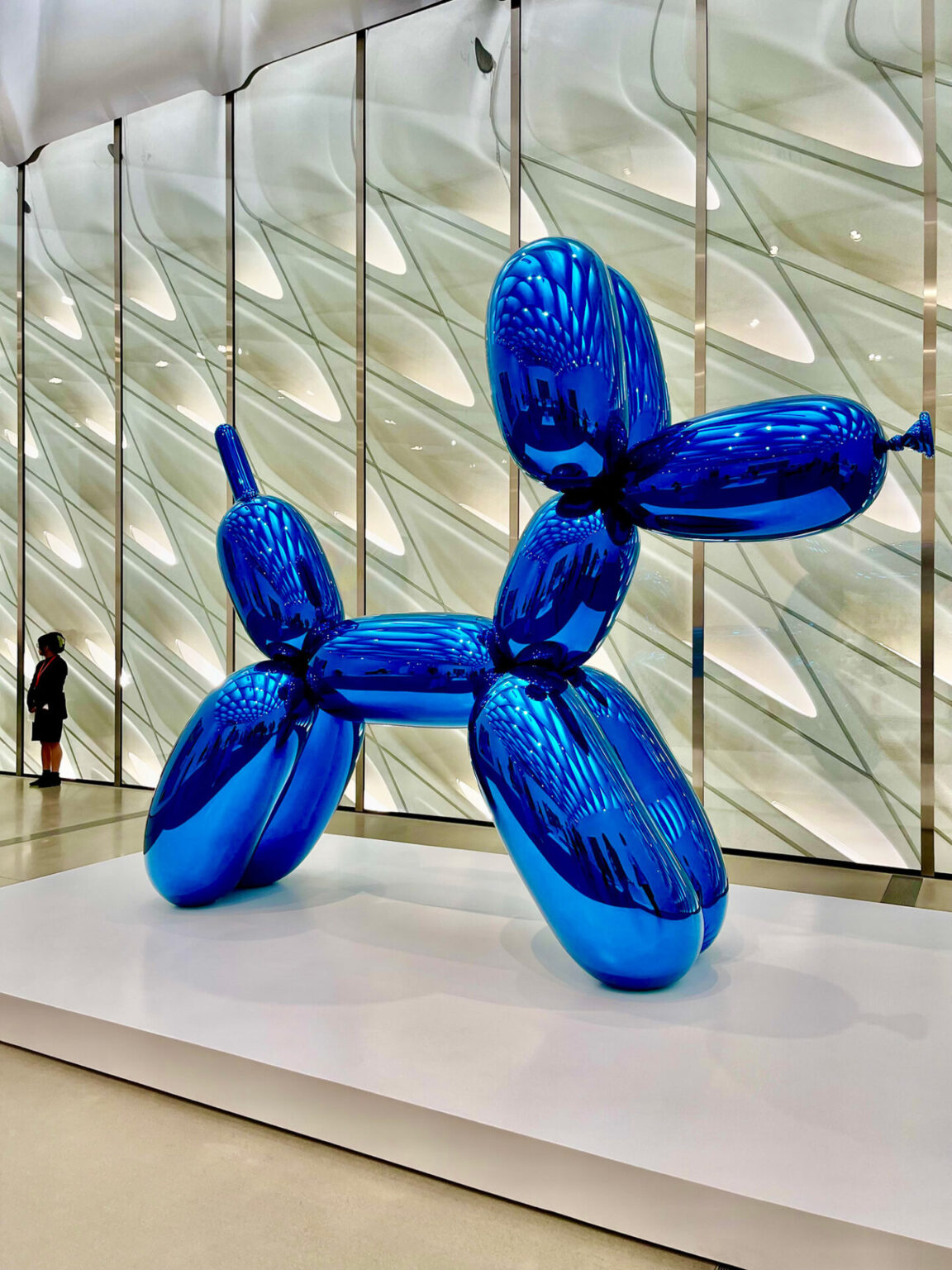
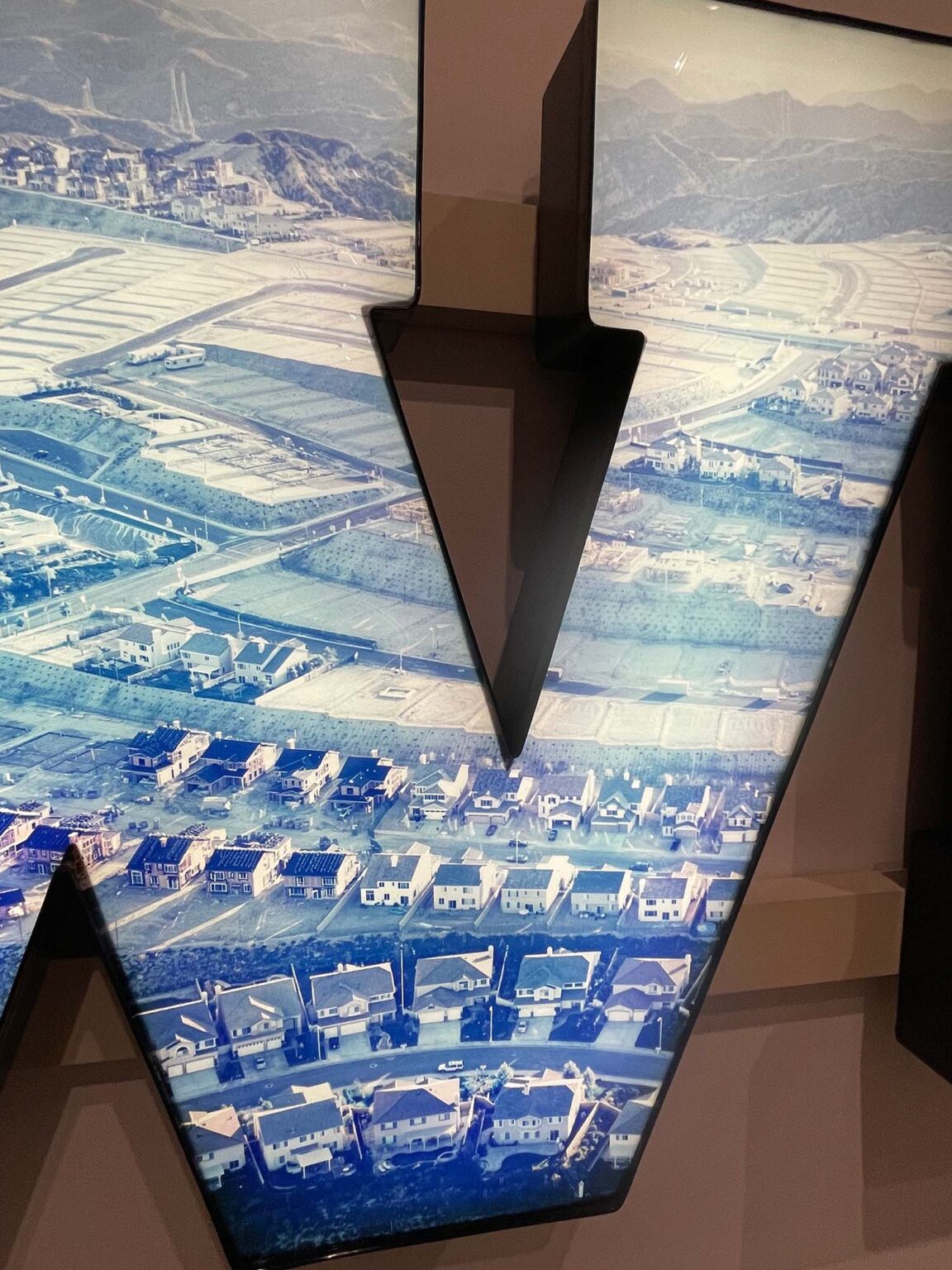
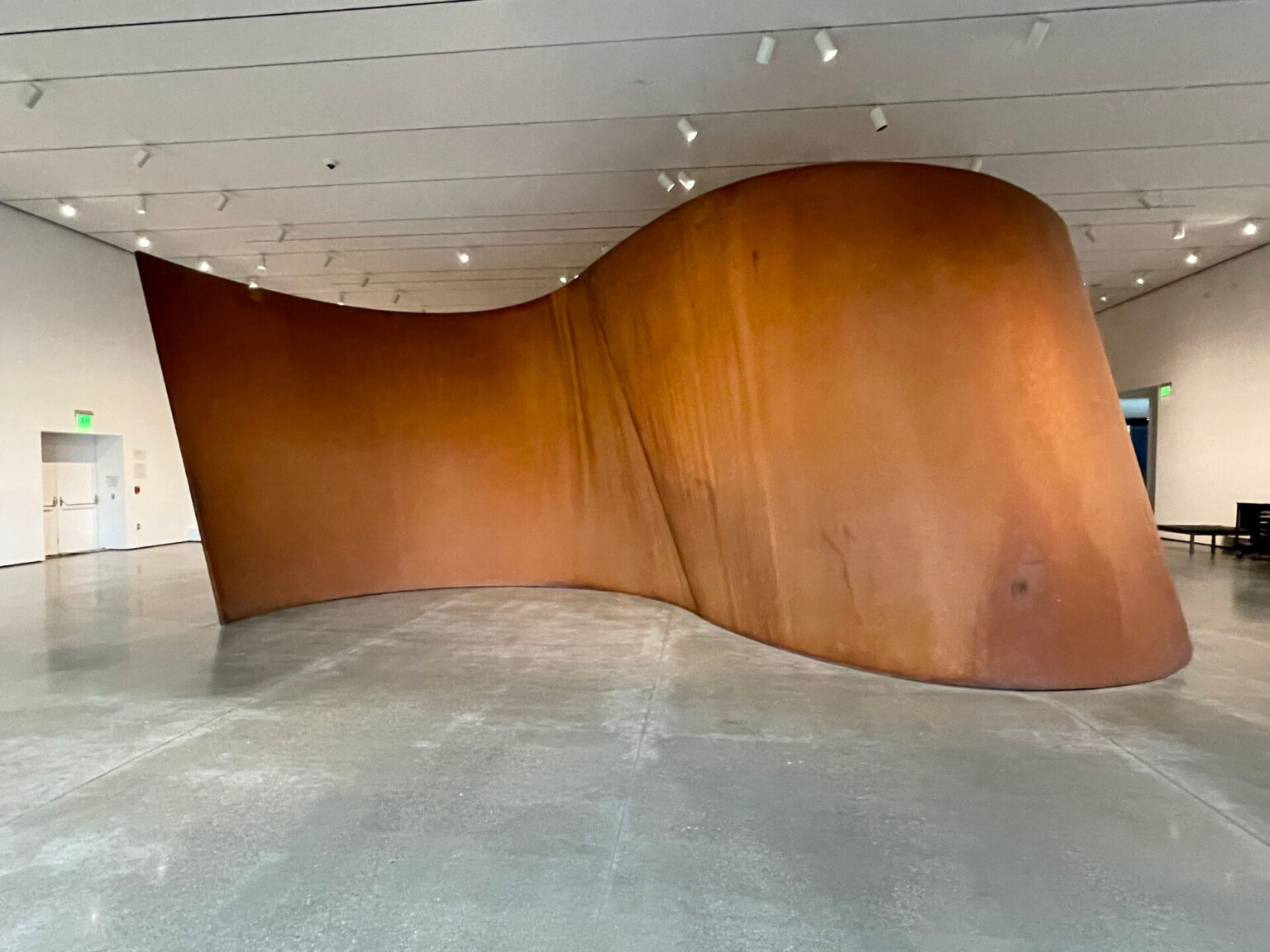

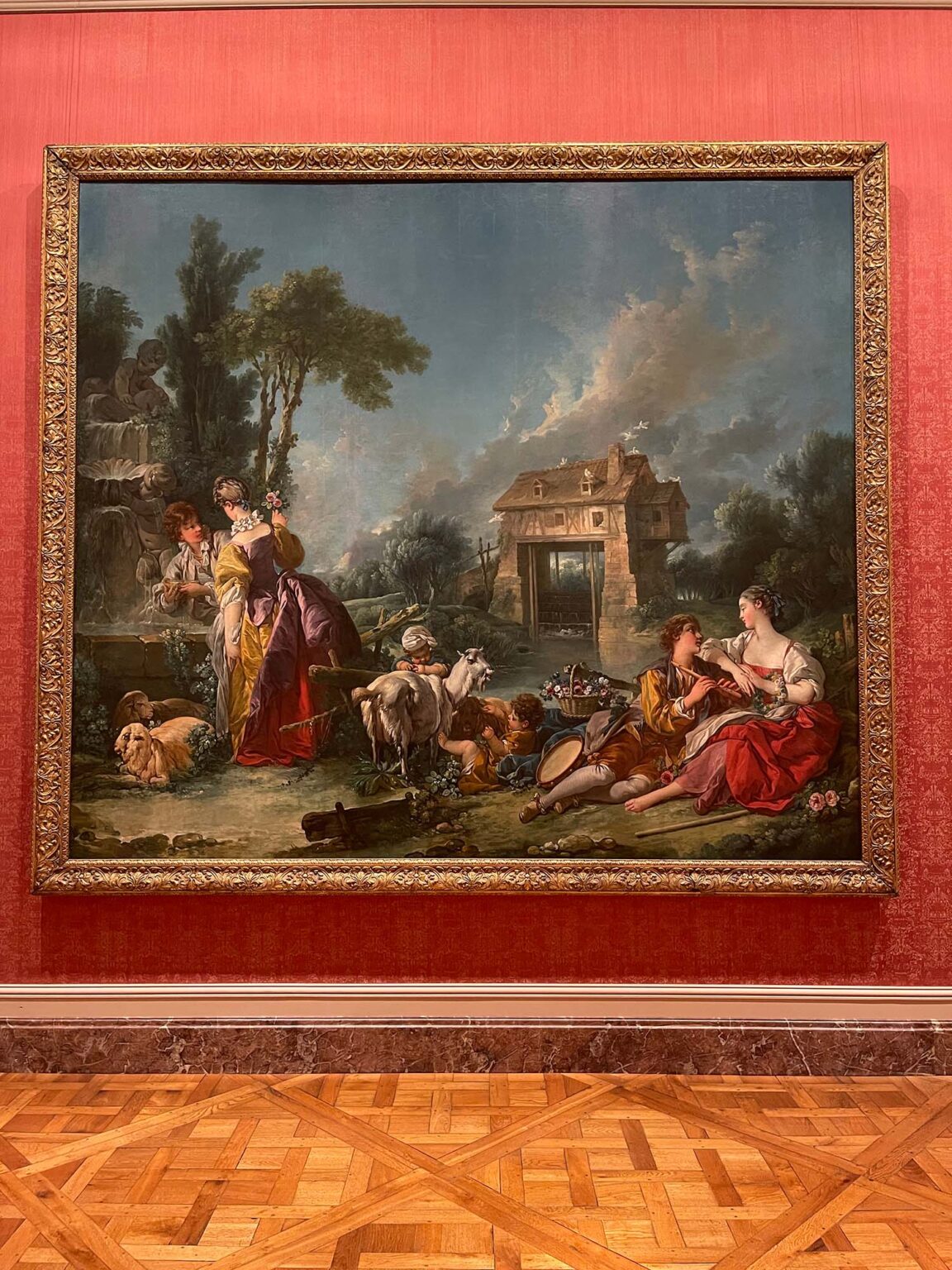
Amid all the joys of this sparkling, shattered Los Angeles Snow Globe, it would be remiss of me not to mention the next-level homelessness on the West Coast of America. Please see my earlier photo essay on New York City to obtain a roundup of some of the structural economic reasons as to why this is so. But suffice to say, homelessness in Los Angeles occurs with a casual frequency that would leave all Australians with a staring bewilderment. How can so many, with so much, ghost those with absolutely nothing. Mental health and an opioid crisis are significant contributing factors – from what I have experienced. But we would all agree the fourth largest economy in the world could do better. Much better.
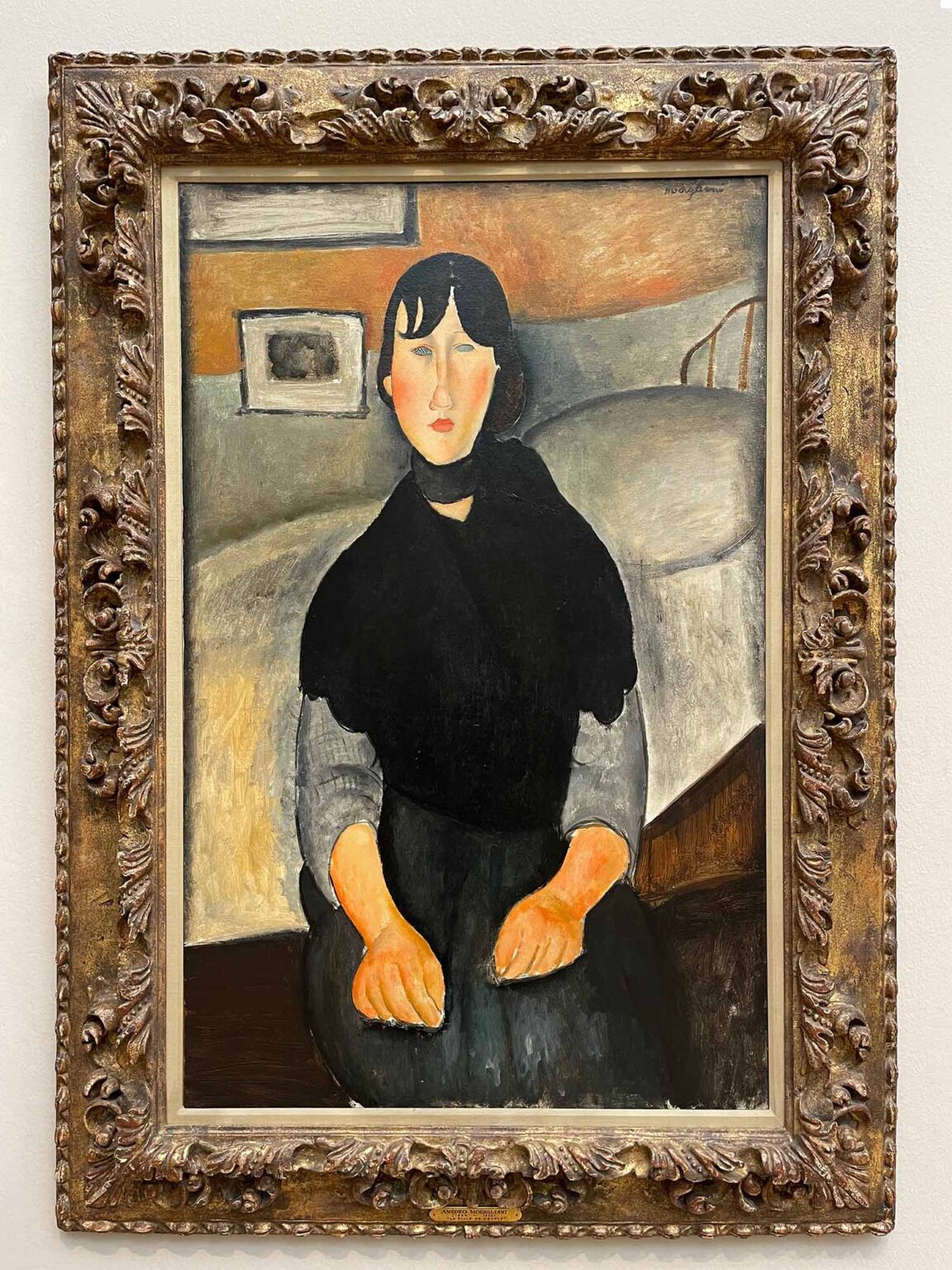
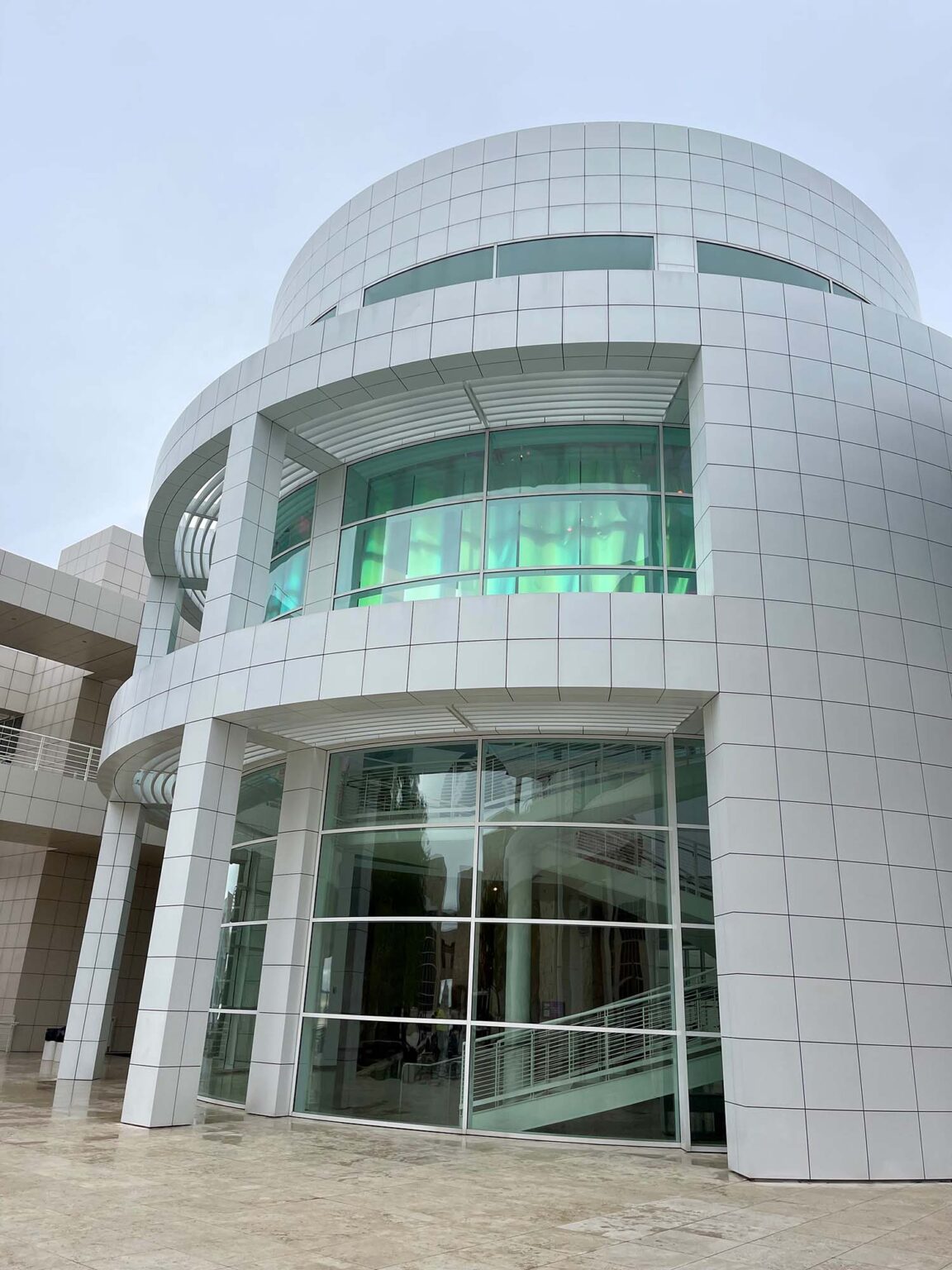
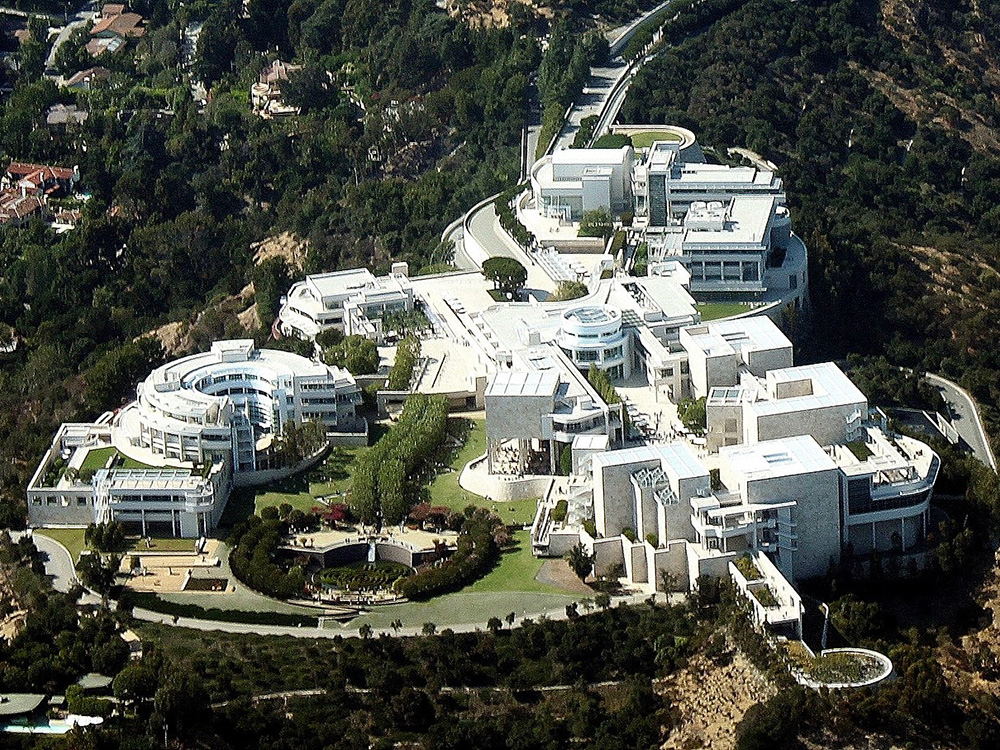
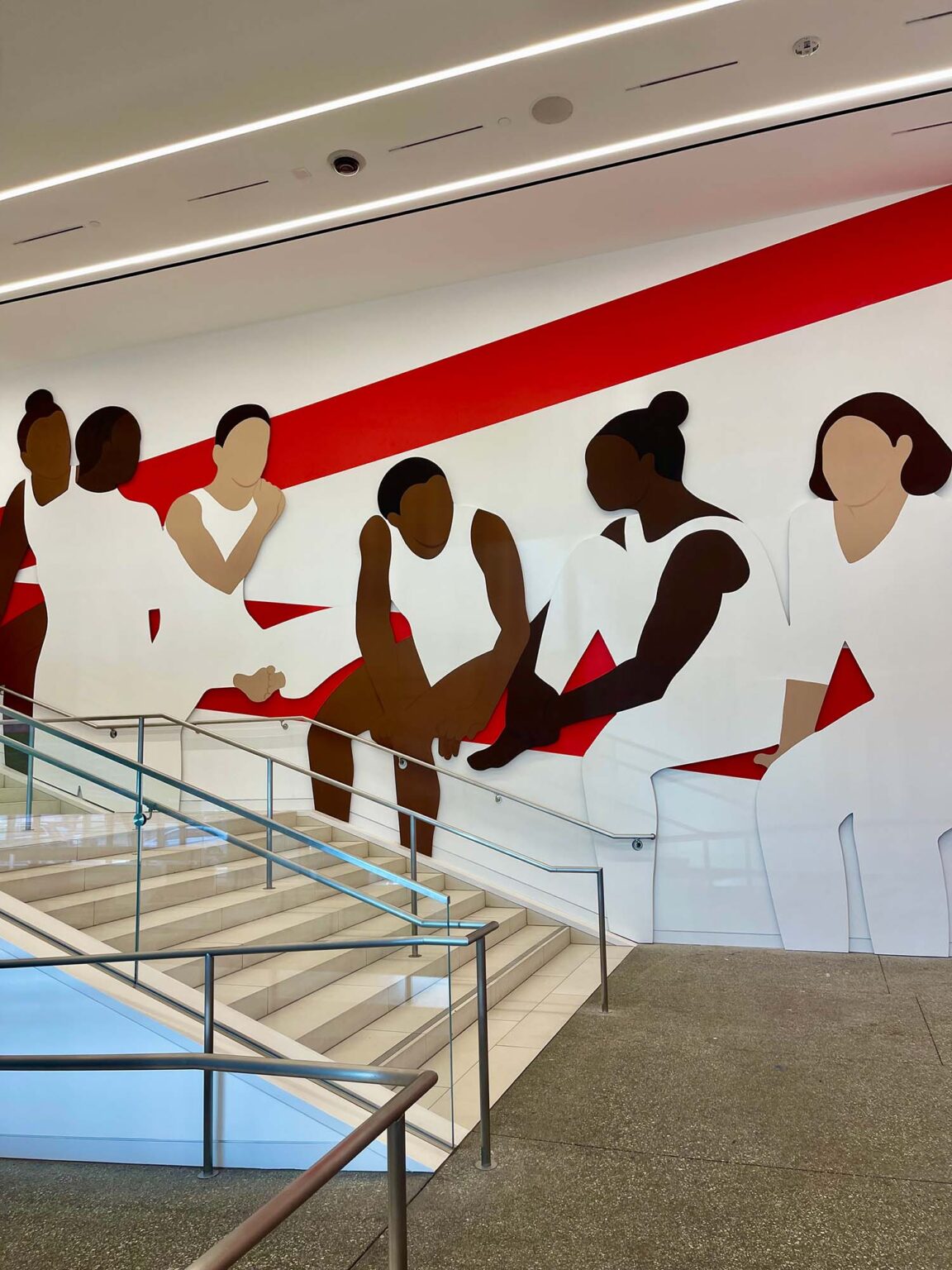
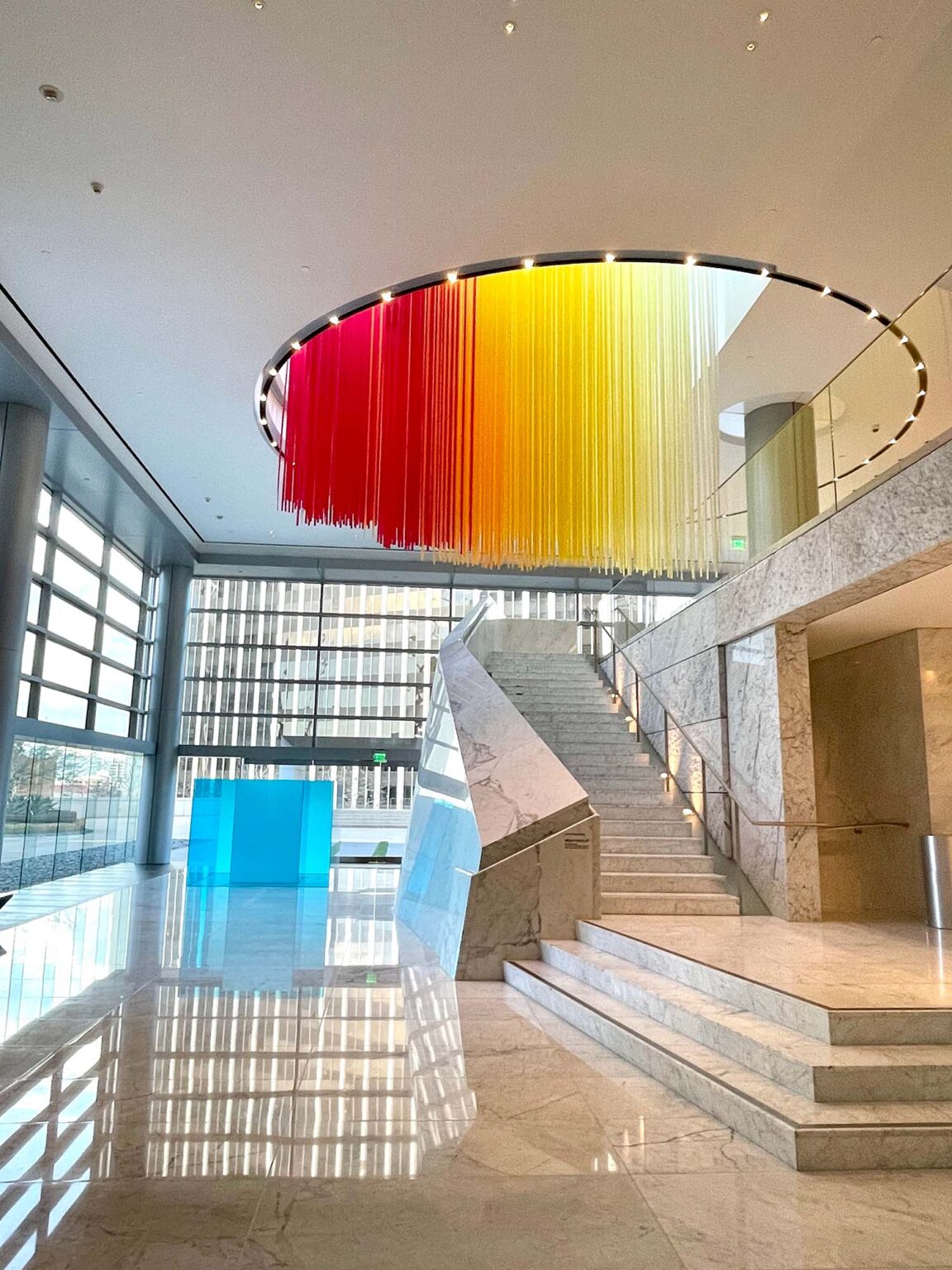
Los Angeles Tips
If you are a member of an affiliated private club, take the opportunity and stay for at least a few days at the Jonathan Club, downtown.
545 S Figueroa Street, Los Angeles CA 90071
The Broad
221 S Grand Ave, Los Angeles, CA 90012
Museum of Contemporary Art, Los Angeles
At 250 South Grand Avenue, across the road from The Broad, MOCA is almost quaint by comparison.
250 South Grand Avenue, Los Angeles CA 90012
Gallery Luisotti
This raw-spaced, Berlin-style photography gallery is a long-term and significant player in the market. Modest with a big visual punch.
818 S Broadway, 10th floor, Los Angeles CA 90014. Building door code: #4104
Hauser & Wirth restaurant/cafe
901 E 3rd Street, Los Angeles CA 90013
Los Angeles County Museum of Art
Architecturally as coherent and interesting as the splatter of dog’s vomit. They can, however, draw on one of the most interesting and diverse art collections and archives.
5905 Wilshire Boulevard, Los Angeles, CA 90036
The Getty
1200 Getty Center Drive, Los Angeles, CA 90049
All-day cafe Great White
8917 Melrose Avenue, West Hollywood CA 90069
Bergamot Station
2525 Michigan Avenue, Santa Monica, CA 90404
I went for a calm, delightful walk around the UCLA campus at Westwood.
- XXXVIII LA Story by Michael Reid OAM April 2024
- XL Pecora Dairy by Michael Sharp July 2024
- XXXIX Joseph McGlennon by Michael Reid OAM May 2024
- XXXVII Julz Beresford by Michael Sharp March 2024
- XXXVI Sydney Contemporary by Jason Mowen February 2024
- XXXV The US of A by Michael Reid OAM December 2023
- XXXIV Scone Grammar School’s principal Paul Smart by Victoria Carey November 2023
- XXXIII AgQuip by Jason Mowen October 2023
- XXXII Tinagroo Stock Horse’s Jill Macintyre by Victoria Carey September 2023
- XXXI The Old Gundy School House by Victoria Carey August 2023
- XXX Annette English by Victoria Carey July 2023
- XXIX The Ghan by Jason Mowen June 2023
- XXVIII All in the family: The Arnotts May 2023
- XXVII A Capital Plan by Jason Mowen March 2023
- XXVI Mandy Archibald March 2023
- XXV Paul West February 2023
- XXIV The Other Newcastle by Jason Mowen January 2023
- XXIII Mount Woolooma Glasshouse at Belltrees December 2022
- XXII Murrurundi to Matino: with Jason Mowen November 2022
- XXI James Stokes October 2022
- XX Adelaide Bragg September 2022
- XIX Tamara Dean August 2022
- XVIII Going home: Angus Street July 2022
- XVII Belltrees Public School June 2022
- XVI A Road Trip on the New England Highway May 2022
- XV David and Jennifer Bettington: from horses to houses April 2022
- XIV Denise Faulkner: Art of the Garden March 2022
- XIII Childhood memories: Willa Arantz February 2022
- XII Riding ahead: Giddiup January 2022
- XI Ingrid Weir’s rural life December 2021
- X Life by design: William Zuccon November 2021
- IX Life on the land: The Whites October 2021
- VIII Goonoo Goonoo Station September 2021
- VII Murrurundi: a garden playground August 2021
- VI Pat’s Kitchen July 2021
- V A creative life: Charlotte Drake-Brockman June 2021
- IV Magpie Gin May 2021
- III The Cottage, Scone April 2021
- II At home with Jason Mowen March 2021
- I A town that performs February 2021











